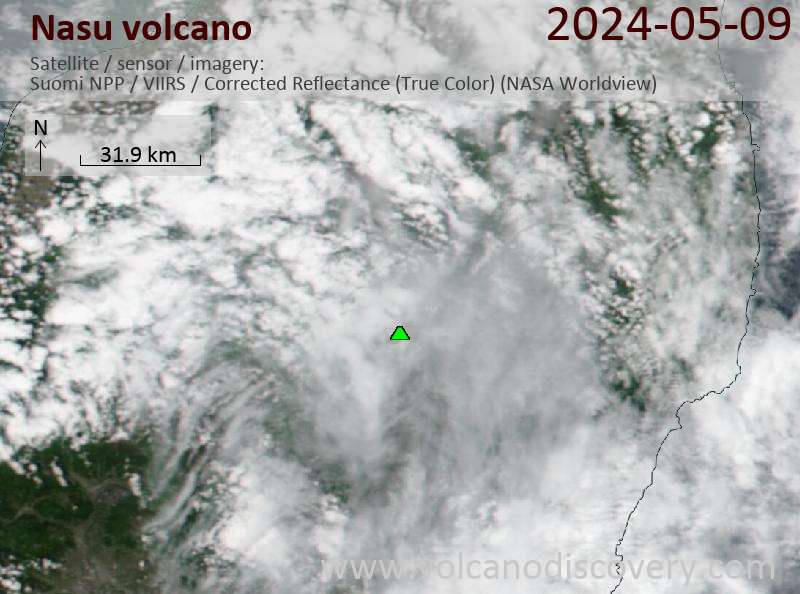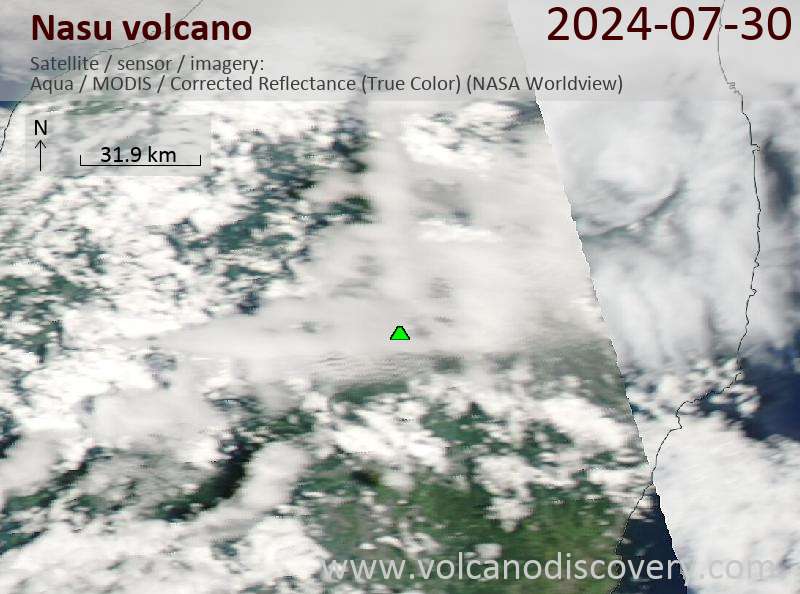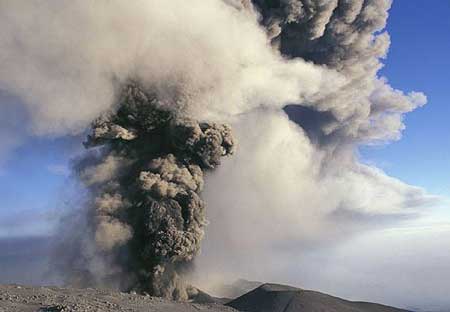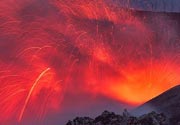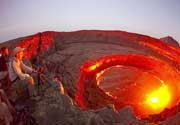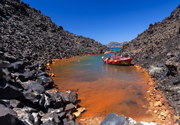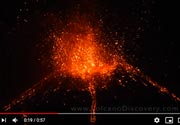Nasu Volcano
Updated: Apr 27, 2024 22:41 GMT -
stratovolcanoes 1915 m / 6,283 ft
Honshu (Japan), 37.12°N / 139.97°E
Current status: normal or dormant (1 out of 5)
Honshu (Japan), 37.12°N / 139.97°E
Current status: normal or dormant (1 out of 5)
Nasu (or Nasudake) volcano at the northern end of Kanto Plain in central Honshu is a group of 3 larger and older and 3 smaller, young stratovolcanoes. The younger cones are called Asahi-dake, Futamata-yama, and Chausu-dake, the youngest of the volcanoes. Chausu-dake started to grow about 16,000 years ago and has had many small phreatic eruptions in the past centuries.
[smaller] [larger]
Nasu volcano eruptions: 1963, 1960, 1953, 1881, 1846, 1410, 1408, 1404, 1397
Latest nearby earthquakes
| Time | Mag. / Depth | Distance / Location | |||
Background
The Nasu volcanic group consists of a N-S-trending cluster of stratovolcanoes and lava domes at the north end of the Kanto Plain. Nasu volcanic activity dates back about 500,000 years. Growth of three large basaltic-to-dacitic stratovolcanoes with life spans of about 200,000 years was followed by construction of three smaller andesitic stratovolcanoes, Asahi-dake, Futamata-yama, and Chausu-dake. Activity during the last 55,000 years included the collapse of Asahi-dake volcano about 30-40,000 years ago producing the massive Ofuji-san debris-avalanche deposit, which blankets a broad area SE of the volcano. The youngest volcano, Chausu-dake, began forming about 16,000 years ago. Six magmatic eruptions took place since then, the latest in 1408-1410, when the youngest summit lava dome, Chausu-dake, was formed. These eruptions produced block-and-ash flows and concluded with the extrusion of lava flows. Smaller phreatic eruptions have occurred every few hundred years during the past 5000 years.(from: Smithsonian / GVP volcano information)





